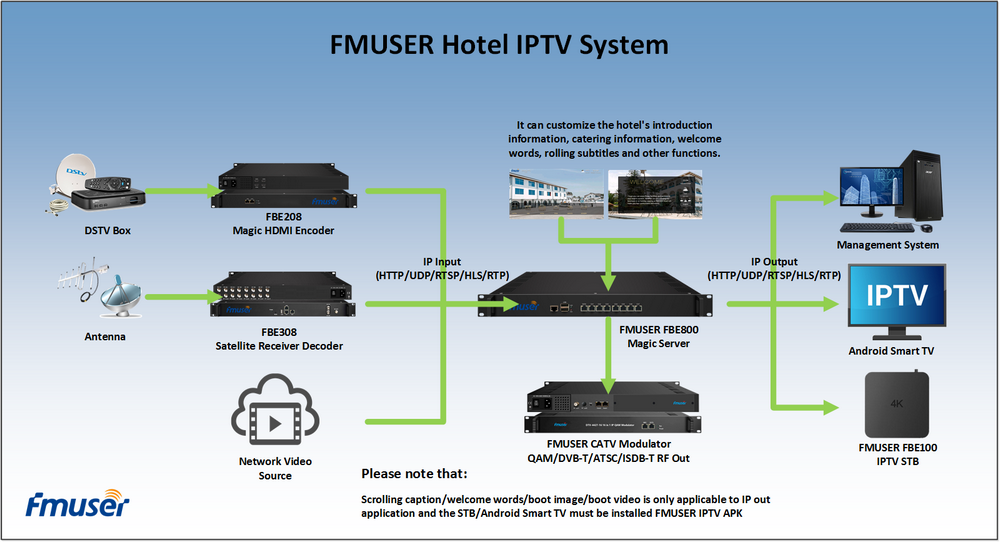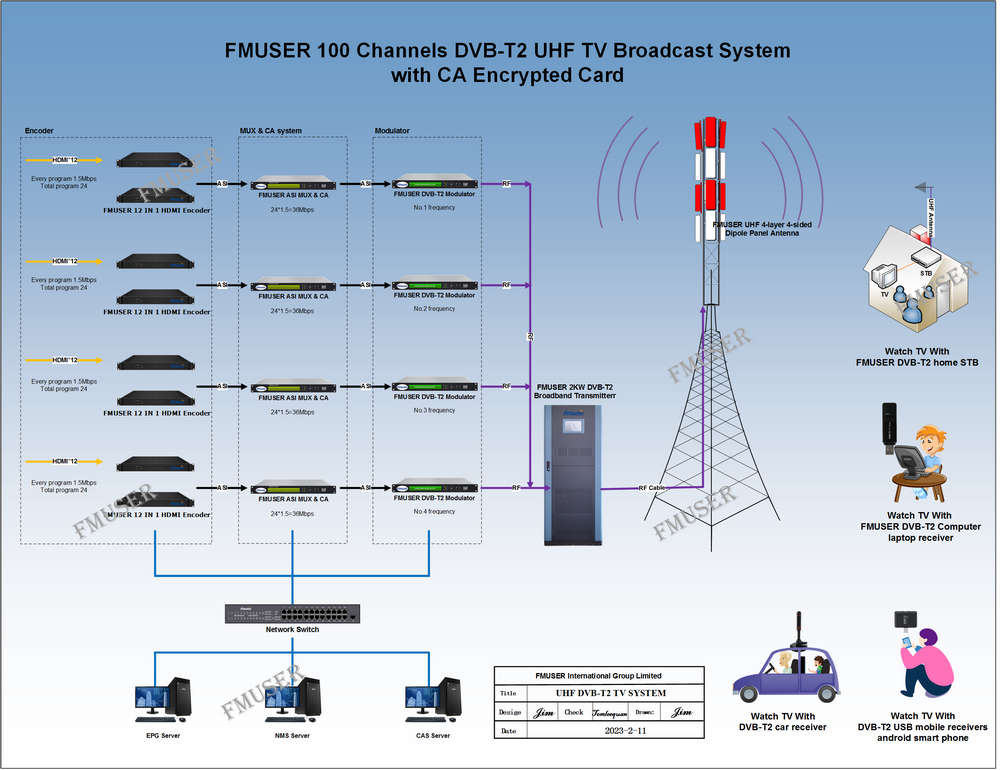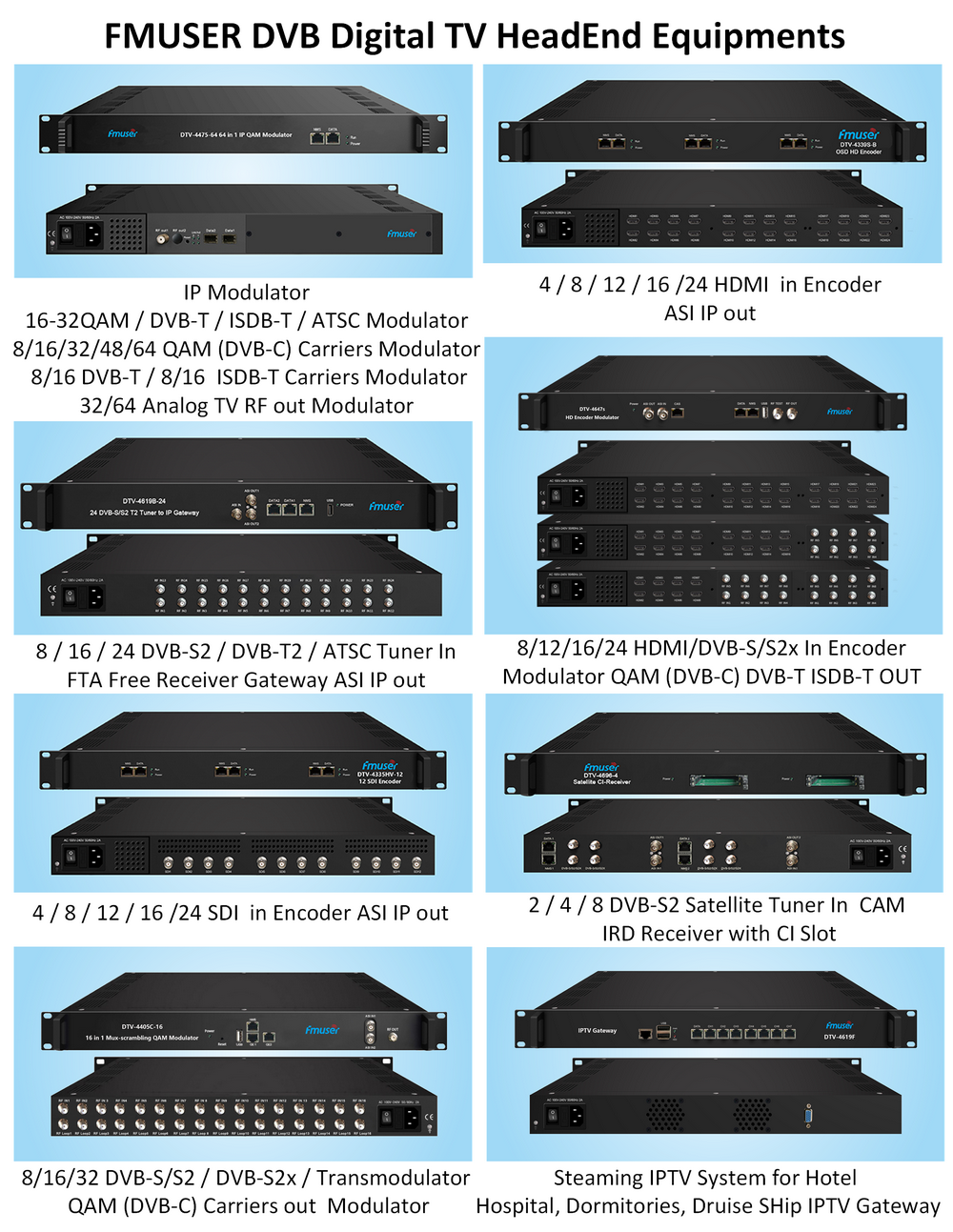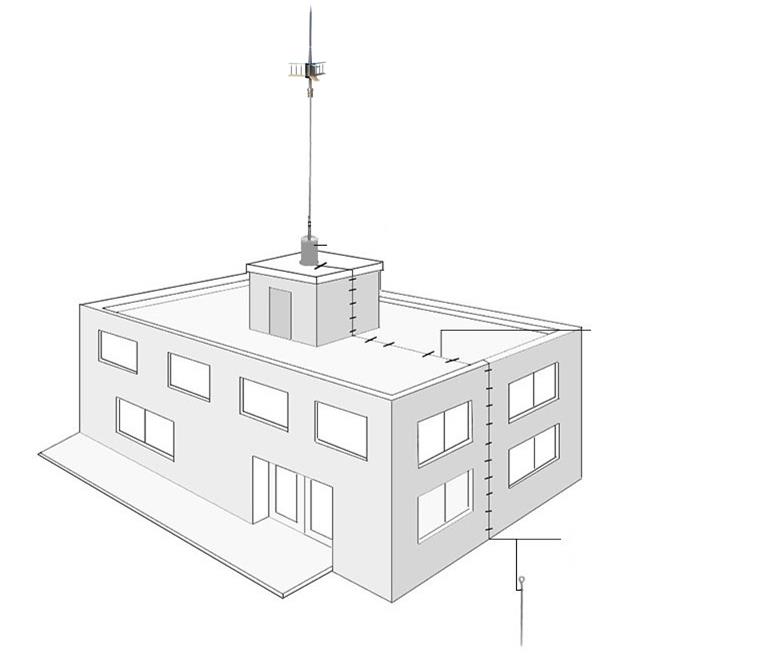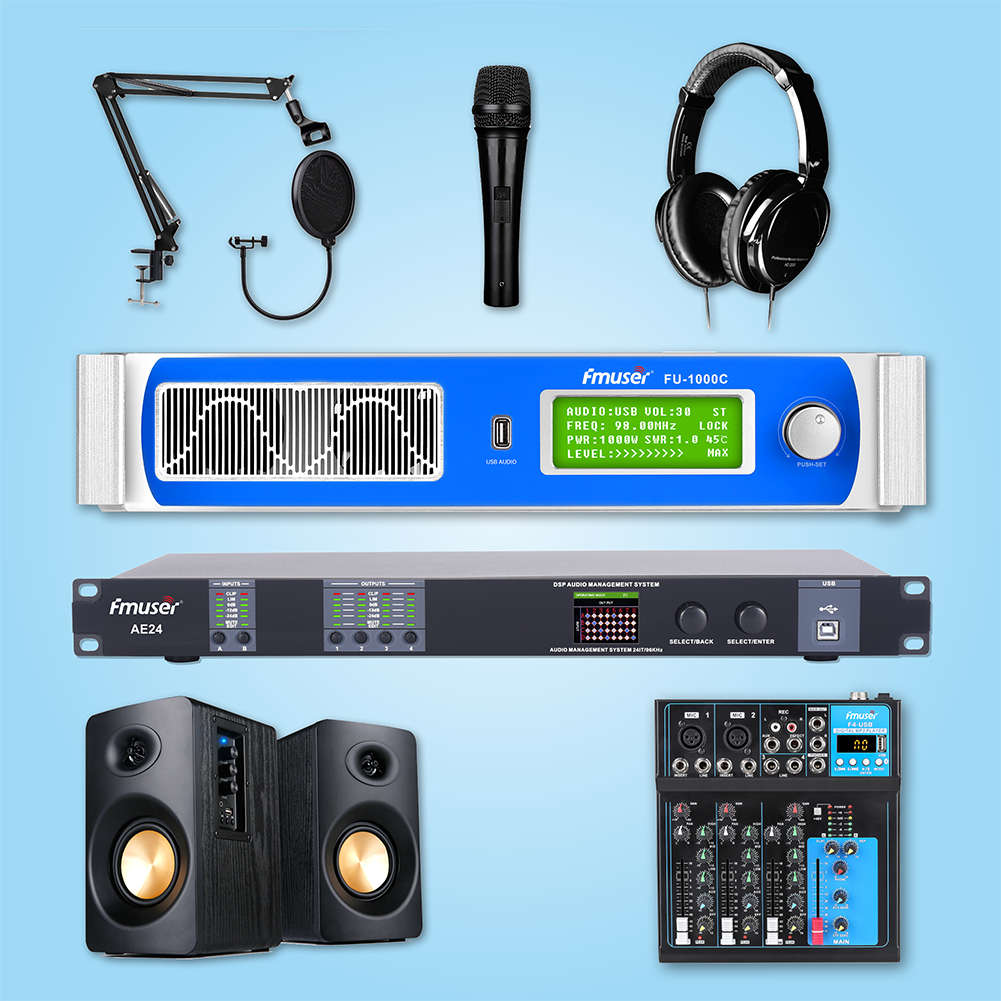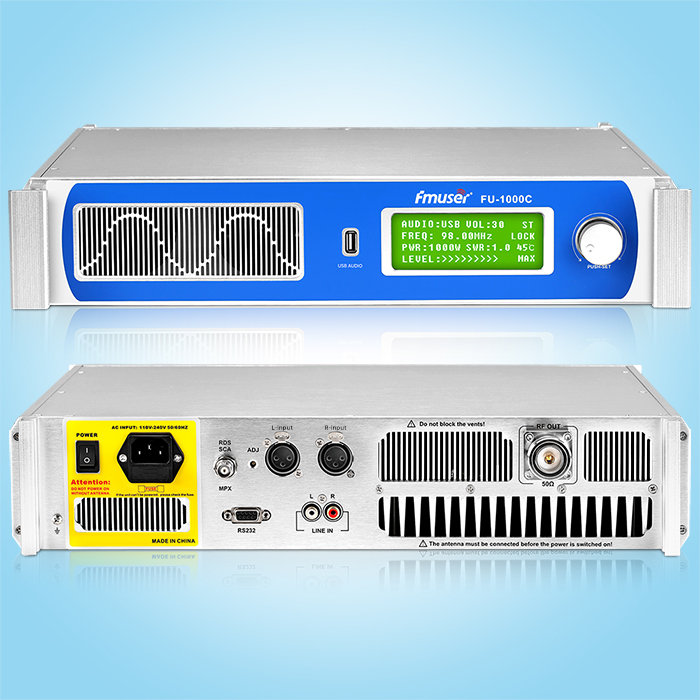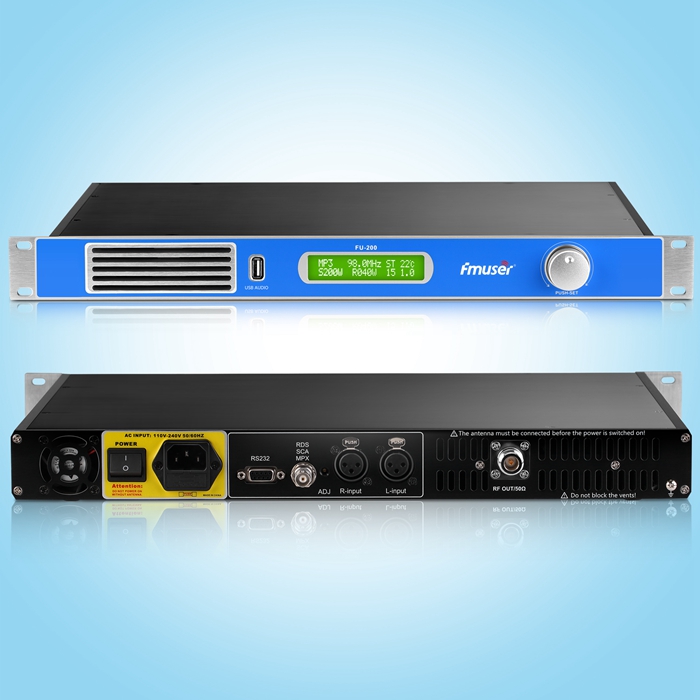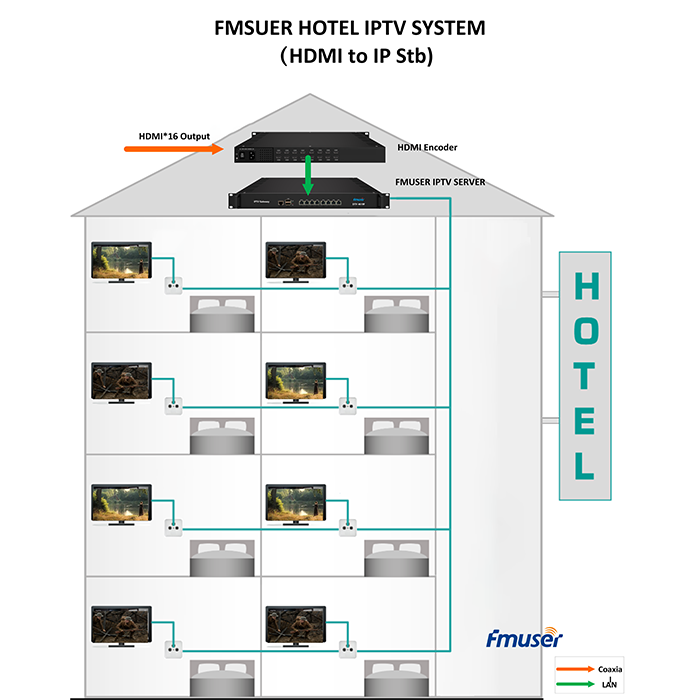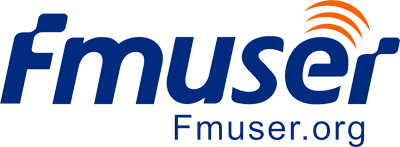Today, Today, Today, Talking about Le Xin's ESP32 series products, I really don't know anything, but I really let me love my love, the ESP32-based variant, using SIP package, simple to The ultimate ESP32-PICO-D4, the reasons are not, mainly integrated, and for Xiaobai, which is weak in hardware design, it is the whole world. As long as the designed Internet of Things products, even if the function is excess, the performance is rest, I still can't help it, because it is too simple, I save my time cost is enough to do what I want to do.
ESP32-PICO-D4
ESP32-PICO-D4 uses a SIP package, the module itself is very small, only 7mm * 7mm * 0.94mm, the appearance is similar to one IC.
ESP32-Pico-D4 integrated two Tensilica LX6 processors, 448KB ROM, 520KB SRAM (including 8KB RTC memory), 1KB EFUSE, 4MB SPI Flash.
On WiFi connection, up to 150Mbps; Bluetooth, Bluetooth V4.2 BR / EDR and BLE.
Software, support STATION / Softap / Softap + Station / P2p; WIFI security supports WPA / WPA2 / WPA2-Enterprise / WPA / WPA2-Enterprise / WPS, supports AES / RSA / ECC / SHA encryption; the entire development board can be upgraded by serial port or OTA .
ESP32-PICO-D4 SIP Other Specifications Parameters are as follows:
Specific only when you really get in touch with ESP32-PICO-D4, you know how powerful. Of course, in addition to your design, I often refer to the programs of the gods, so I will recommend a number of multi-PICO-D4 programs or development modules today. I hope I can bring some hardware design. Inspiration.
ESP32-PICO-KIT V4 development board
ESP32-PICO-KIT V4 is a development board that Lexin officially launched an ESP32-Pico-D4 module, a thumb-type outer, and the IO pin taken by the PCB edge is convenient for user assessment and DIY, or directly based on prototypes. Development.
The plates in the board are high because the ESP32-PICO-D4 module integration is high, so other devices on the board are small, and the circuit layout is also very simple. As shown in the figure below, the left to the right is antenna, ESP32-Pico-D4 WiFi Module, 5V to 3.3V output LDO, USB serial port chip CP2102, MicroSB power / serial port.
On the back of the board, there is only 2 rows of IO needles. It is worth noting that the original 2 * 20 pin, the board is only out of the 2 * 17 pin, of which the needle is not welded on both sides of the antenna, and the official meaning of Le Xin is to adapt from home. Board, and this pin interface of this 2 * 3 is also an interi-embedded SPI Flash connection interface. The lead pin interface includes PWM, ADC, DAC, I2C, I2S, SPI, and the like.
Be
Tinypico
Tinypico can be said to be the smallest ESP32-Pico-D4-based development board, board function and specifications are as follows:
32-bit dual-core processor, operating frequency is 240 MHz
2.4 GHz Wi-Fi - 802.11b / g / n
Bluetooth Ble 4.2
4MB SPI flash memory
4MB extra PSRAM
APA102 RGB LED
USB + Serial / UART is used to program
700mA 3.3V LDO regulator
LIPO battery management
Optimized power circuit for low-power battery
The bottom of the JST pad supports the battery of the pH and MicroBlade connector
14X GPIO extension interface
Random only 18mmx 32mm
Tinypico specific signal interface distribution is shown below:
Tinypico pre-installed Micropython and also supported Arduino IDE and Espressif IDF. For users who are not used to complex IDE tools, the Arduino IDE tool is friendly.
TTGO micro-32 v2.0 module
Be
TTGO Micro-32 is a compact module based on ESP32-PICO-D4, which can be used in most Internet applications, only about 19.2mm * 13.3mm, which is about 45% compared to the ESP32-Wroom-32 module.
The following is some of the specifications of the TTGO micro-32 module:
SIP - ESPRESSIF Systems ESP32-PICO-D4 Based on ESP32 dual-core processor memory, 4MB SPI Flash
Connectivity - Bluetooth 4.2 Le, 802.11 B / g / N with chip antenna and U.FL (IPEX) connectors up to 150Mbps WiFi
Power Supply Voltage - 3.3 V DC
Size - 19.2x13.3 mm
Be
Sensything
SENSYTHING main control is also based on Le Xin ESP32-PICO-D4, which supports low noise data acquisition ADS1220 24-bit ADC, supports Wi-Fi and Bluetooth multi-sensor acquisition scheme for obtaining and recording multiple sensor readings, these The reading can be viewed / sent by the Android application, the Internet of Things, or the analysis platform, or directly recorded by the normal USB connection. In addition, the GPIO pin of the development board and the support of SparkFun QWIIC connector standards make the fusion and recording of the sensor data be extremely simple.
A. ESP32 SOC
B. Sparkfun QWIIC Connector Standard Extension Interface
C. More sensor inputs and power supplies
D. RGB LED
E. Sensor power supply
F. MicroSB interface
G. Extension GPIO port
H. 24-bit ADC
I. Simulation input
In addition, the SENSYTHING development board can collect data in a variety of ways:
Simple collection through BLE (pre-programmed)
The SENSYTHING development board will provide a firmware that provides basic BLE data acquisition, the program reads all four channels of the ADC and sending data via the BLE, and the user can get the sensor data through the Android application, which is the easiest, unpacking The way.
Wi-Fi access point mode
If the user needs to view the sensor value or view the sensor data for a given time, there is also a way to implement, there is no need to install any other software or applications, just program the device using a specific firmware, Sensything can be displayed as a connected Wi -Fi access point. You can then connect a mobile device such as a PC or mobile phone to the Wi-Fi network of "SENSYTHING", enter the "SENSYTHING.LOCAL" site in the web browser and view sensor data on the page. This doesn't require any internet connection.
Developer mode
Furthermore, the user can use the onboard USB-UART converter to easily program the development board using the Espressif ESP-IDF and programming tools, which can not only use the very simple Arduino IDE tool itself for SENSYTHING, but also Xin ESP-IDF writes the procedures you want, in other words, as long as the hard work is deep, users can use SensyTHing to reach projects on the Internet of Things-related applications.
An unfinished development board project --esp32-alexa
ESP32-Alexa includes ESP32-PICO-D4, CP2102 USB-UART, MAX98357 I2S DAC, WS2812 Neopixel LED, and lithium battery interface, the size of the board is not large, only 25mm * 36mm, suitable for embedded applications.
Some of the features of the onboard are as follows:
Single channel, Class D amplifier embedded DAC, MAX98357 Connect to ESP32-PICO-D4 via I2S bus
MEMS Microphone InvenSense ICS-43434 Connect to ESP32 via the I2S bus
Onboard USB-UART interface (CP2102) can directly implement binary upload
In addition, Neopixel WS2812 is a status indicator of onboard Alexa, which can flash when you hear your sound, blinking when answering. Unfortunately, this is just a hardware enthusiast player design product, and because it is not officially available because of the mass production difficulties, it is just to share it to everyone based on ESP32-PICO-D4, really interesting. Maybe you can refer to and complete it.
summary
The emergence of ESP32-PICO-D4 has changed the difficulty of the Internet of Things hardware, so that hardware developers focus on the idea of application functions, bringing a variety of interesting applications for the IoT field, if you are a small white white You want to design the products related to the Internet of Things, you may wish to consider the ESP32-Pico-D4, it is very simple, you can save a lot of time to focus on the product's idea.
Be
Highly recommended reading:
I haven't give up, I finally wait until you - the edge-based Google Coral USB acceleration rod measured
Popularization of high-end medical equipment - Spectra open source biomedical imaging system
Understand the disclosure of the capacitor, help extend the low power intelligent equipment
ST single-chip sensor equipped with the world's first integrated triaxial accelerometer & thermometer
How to keep RISC-V-V-E-embedded design flexibility? Just use Linux and Zephyr microplatforms
Our other product:


